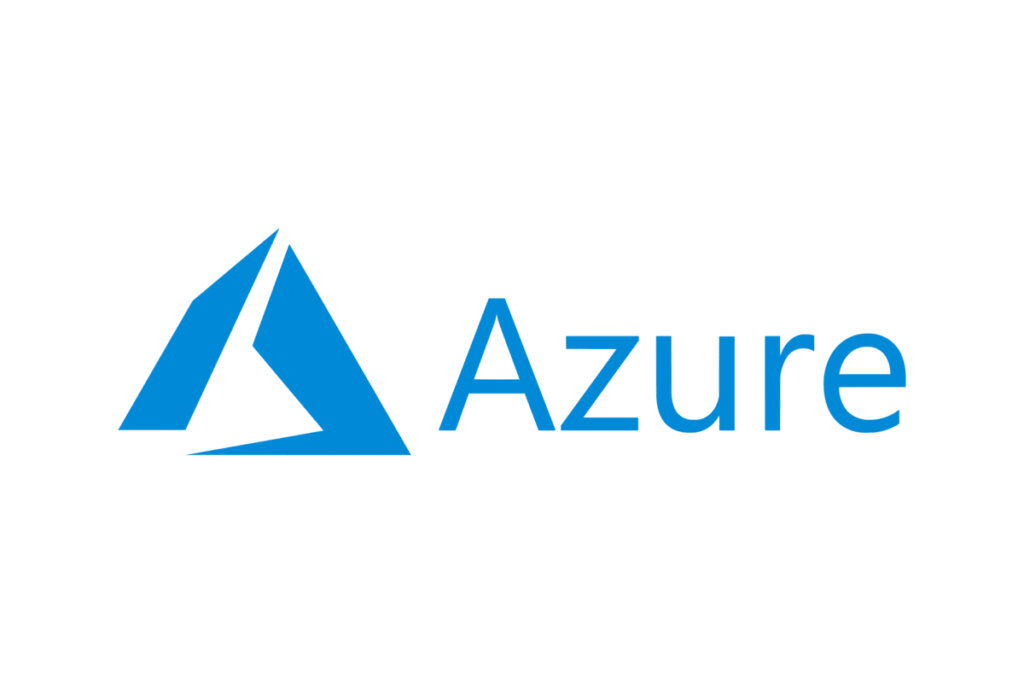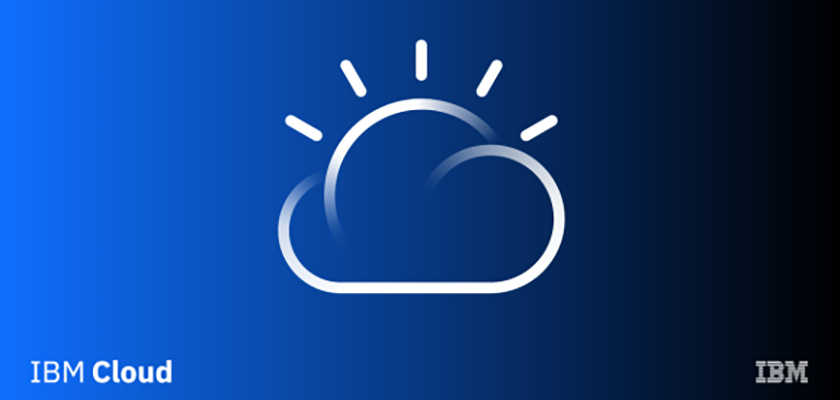1. AWS ( Amazon Web Services )

AWS(Amazon Web Services), a leading cloud computing platform by Amazon, includes Platform as a Service (PaaS), Infrastructure as a Service (IaaS), and Software as a Service (SaaS). It offers users a wide range of tools, including content delivery services, storage, and computing power. AWS was introduced in 2006; internal Infrastructure was built by Amazon for the management of its online retail operations.
The pay-per-use was first introduced by the amazon cloud computing model, which offers the throughput or the compute storage as per the need based on the size of the project. AWS offers a variety of tools and solutions for businesses and software developers which can be used in data centers across the globe. AWS services are available to government agencies, educational institutions, charities, and private businesses.
AWS is divided into multiple services, each of which can be customized in a variety of ways depending on the demands of the user. For an AWS service, the user will be able to access configuration choices and specific server mappings. The Amazon Web Services portfolio includes over 100 services, including computation, databases, application development infrastructure management, and security.
Amazon Web Services offers services from hundreds of data centers located in multiple availability zones (AZs) globally. An AZ is a physical location with data centers. A region is a cluster of AZs connected by low-latency network links in close proximity. For a few reasons, such as safety and closeness to end customers, a company would choose one or more availability zones. An AWS customer, for example, can create virtual machines and duplicate data across different AZs to create a highly dependable architecture that is immune to individual server or data center failures.
2. ServerSpace Cloud Servers

ServerSpace offers IT infrastructure services that can be used to deploy virtual servers as a subscription-based platform. These servers are simple to operate globally because they are cloud-based, and they may be used for things like network circuit setting, SSL certificates, admin domain zone monitoring, and much more.
The exciting part is that the entire procedure is simple and straightforward since, instead of networking and configurations, you can do anything in a few clicks. So you can set up a virtual IT infrastructure with just a few clicks. ServerSpace understands the importance of performance for its services and works hard to ensure it.
They have the most recent hardware. They have used Xeon gold CPUs in conjunction with NVMe SSDs in terms of hardware. The proper management of the server is critical, and ServerSpace has excelled in this area as well. Managing the cloud infrastructure becomes incredibly easy, simple, and quick using their great control panel. The 2FA function, which works with mobile apps or SMS, makes the Platform extremely secure, allowing only users with the necessary codes to access it.
All virtual machines are given in a dependable manner with the help of a renewable pool. It ensures that the deployment is completed quickly. The deployment time is reduced by roughly 40 seconds on average with the help of this technology. Because of the single-page application architecture, once the first page has been successfully loaded, all subsequent pages will be uploaded promptly. It speeds up and eliminates lag in tasks.
In terms of pricing, the fixed plan and the flexible plan are the two main options. Flexible options start at around $5 per month, but rates might vary depending on your needs and preferences. The fixed plan starts at $5 a month, and there are other higher-end options. Managing a server is a difficult task, and it’s made even more difficult by the fact that you must cope with downtime. You will never have to deal with these issues again if you utilize ServerSpace because you are guaranteed 99.9% uptime. The amazing point is that this is mentioned in the contract. Thus the trustworthiness is unquestionable.
3. Microsoft Azure

Microsoft Azure, previously known as Windows Azure, is Microsoft’s public cloud computing platform. It offers a range of cloud services which include storage, analytics, computing, and networking. These services are used to develop or create an application; a user can easily choose which service to use.
Azure is consistent with open-source technologies. The cloud service provides the tools that can help manage and support any industry, including e-commerce; it also helps businesses overcome challenges and reach their goal. Azure is based on the pay-per-use method, which implements that the user only pays for the service or the resources they use at the end of the month. The service subscribers can have access to the Azure portal. A customer can create cloud-based applications, databases, or virtual machines using these services.
Users are offered four different types of cloud computing IaaS, PaaS, SaaS, serverless, and also the flexibility to use any tool or technology they prefer. Along with the services, 4 Azure portals are offered to the user, and multiple Software is made available by the third-party vendors. The payment structure for the third party may include a usage fee for infrastructure and subscription charges to use the app.
Microsoft Azure seamlessly offers a wide range of applications due to its wide range of service offerings. One of the most common uses of Microsoft Azure is to run virtual machine instances or containers in the cloud. Infrastructure components, including domain name system (DNS) servers, Windows Server services like Internet Information Services (IIS), along with other third-party applications, can all be hosted on these computational resources. Third-party operating systems, including Linux, are also supported by Microsoft.
4. Google Cloud Platform

Google Cloud is defined as a collection of Google’s public cloud computing services. The Platform includes a number of hosted services for computing, storage, and application development, all of which are run on Google hardware. Google Cloud services can be accessed via the public internet or a dedicated network connection by software developers, cloud administrators, and another enterprise IT professionals. Google Compute Engine is an Infrastructure as a Service (IaaS) offering that provides users with virtual machine (VM) instances for workload hosting.
Google App Engine flaunts itself as a PaaS offering that provides software developers with immensely scalable hosting from Google. An SDK can also be used by developers to create software products that run on App Engine. Google Cloud Storage is designed to store large amounts of unstructured data. Google also provides database storage services, such as Cloud Datastore for NoSQL non-relational storage, Cloud SQL for MySQL fully relational storage, and Google’s native Cloud Bigtable database.
Google Kubernetes Engine (GKE) is container management and orchestration system for Docker containers and container clusters running on Google’s public cloud services. Kubernetes, Google’s open-source container management system, serves as the foundation for Google Kubernetes Engine. Google Cloud’s operations suite, formerly Stackdriver, is a collection of integrated tools for monitoring, logging, and reporting on the managed services that power Google Cloud applications and systems.
Serverless computing offers tools and services for event-based workload execution, such as Cloud Functions for creating functions that handle cloud events, Cloud Run for managing and running containerized applications, and Workflows for orchestrating serverless products and APIs. The database is a collection of database products delivered as fully managed services, including Cloud Bigtable for large-scale, low-latency workloads, Firestore for documents, CloudSpanner as a highly scalable, highly reliable relational database, and CloudSQL as a fully managed database for MySQL, PostgreSQL, and SQL Server.
5. IBM Cloud Services

IBM Cloud, a set of cloud computing services provided by IBM, includes both Infrastructures as a Service (IaaS) and Platform as a Service (PaaS). Organizations can use IBM Cloud IaaS to deploy and access virtualized IT resources such as computing power, storage, and networking over the internet. Organizations can choose between bare-metal and virtual servers for computing.
Developers can leverage IBM services to create, manage, deploy, and run various types of applications for the public cloud and also for local or on-premises environments, using IBM Cloud PaaS, which is based on the open-source cloud platform Cloud Foundry. IBM Cloud supports a variety of programming languages, including Java, Node.js, PHP, and Python, and can be extended to support additional languages. Access to other IBM tools and services, such as IBM Watson and IBM Cloud Functions for serverless computing, as well as those from third-party vendors, is supported by the IBM Cloud platform.
There are quite a few IBM cloud services that are a part of the IBM Cloud. A repository of Watson-based AI resources and tools for developing your own AI models. Using IBM Cloud Pak’s automation resources, business workflows can be automated. Turbonomic is another automation resource that can be used for application resource management and cost optimization.
IBM provides its own Kubernetes cloud service, as well as access to various container registries, Red Hat OpenShift, and Istio, which is a service mesh for microservices. The cost of IBM Cloud varies according to resource usage, deployment model, support, and other factors. IBM offers two main pricing models as of 2022. Those who earlier signed up for a lite account before October 25, 2021, will be able to keep it, but all new accounts will be created as pay-as-you-go plans.
Like this post? Check out our Ranks & Revolution Section






No Comments